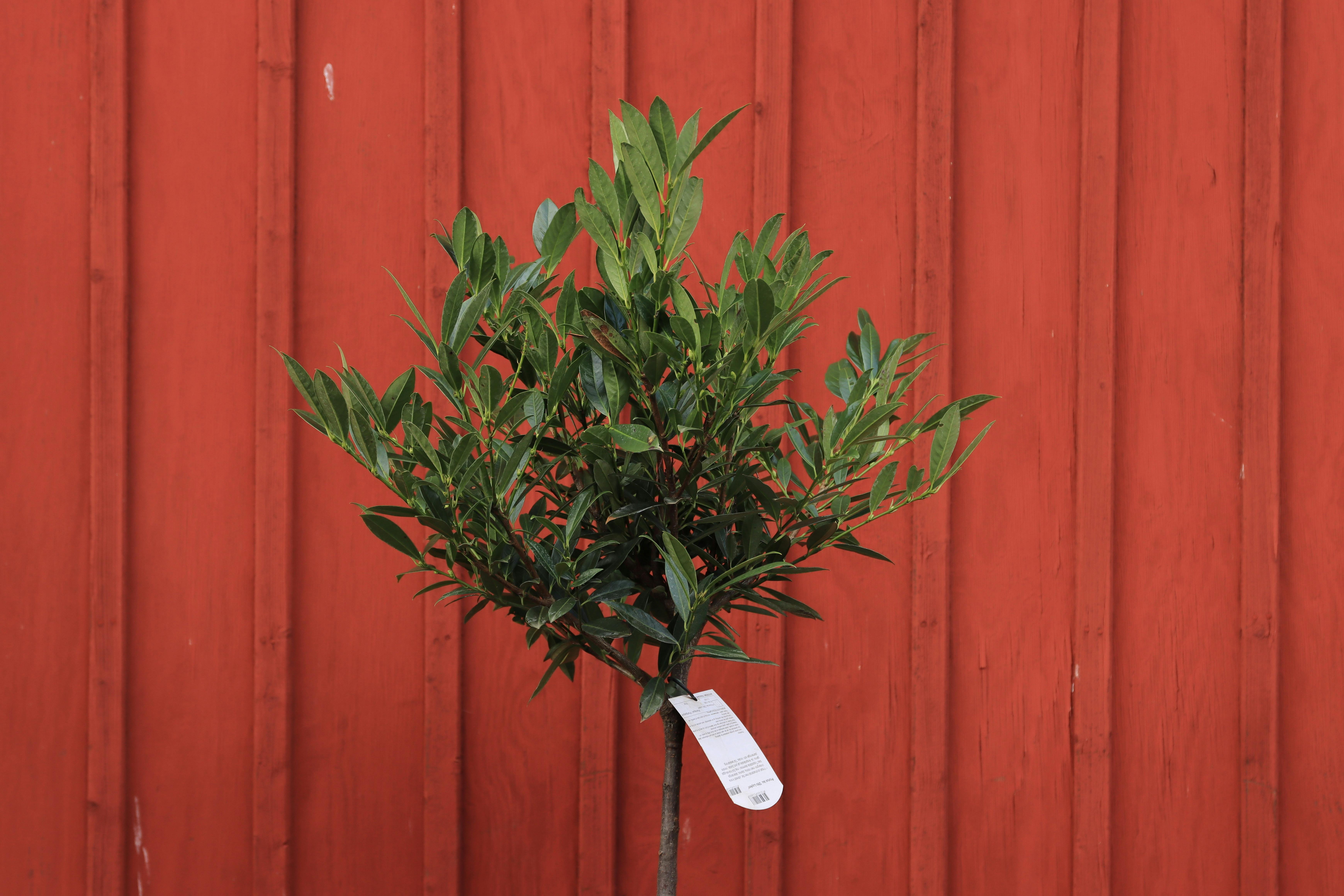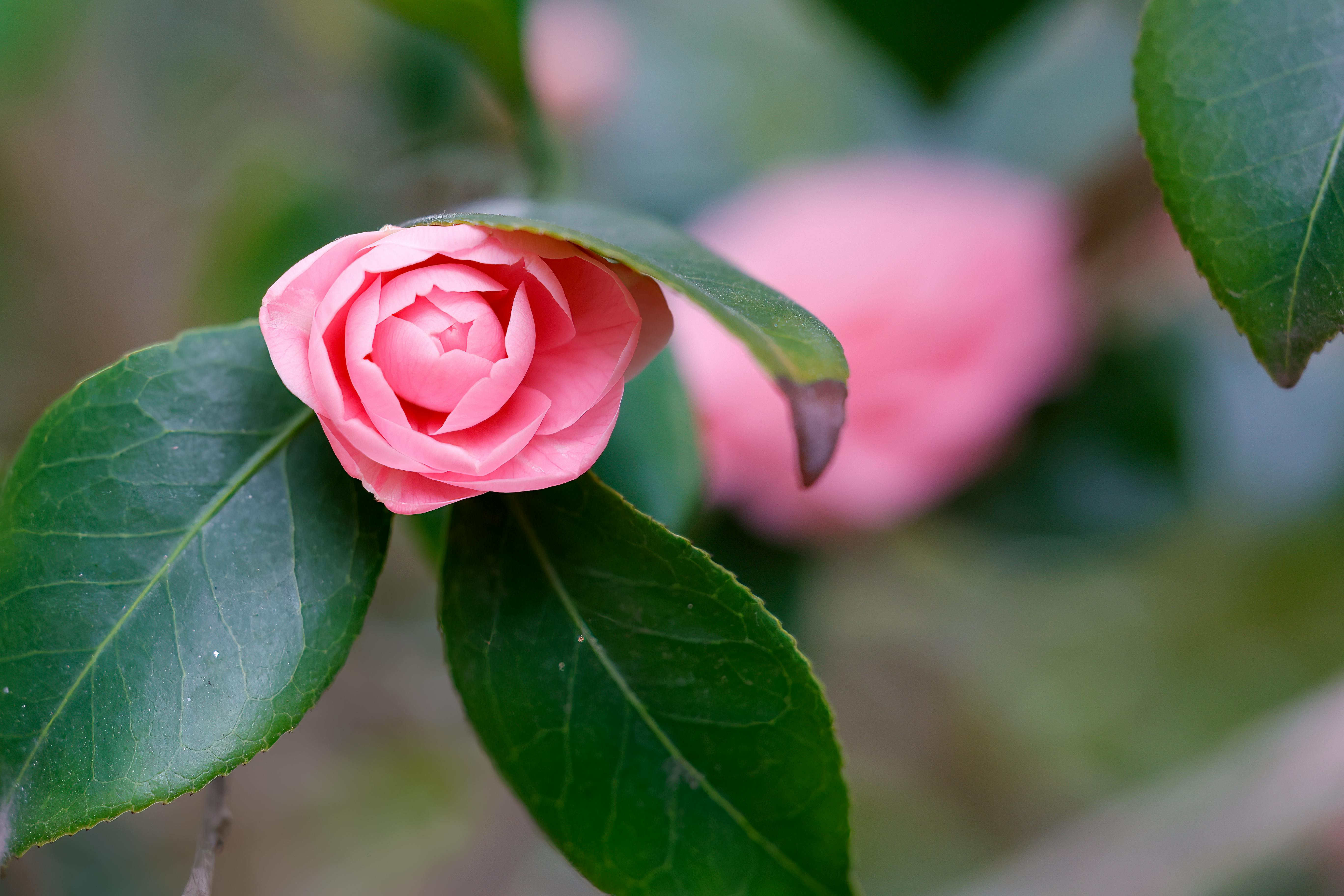Repotting a plant can be a bit of a tricky process, but with the right steps you can successfully repot your plant and help it grow healthier. Repotting is the process of transferring a plant from its current pot into a new one with fresh soil. This should be done every year or two in order to provide the best care for your plants. It is important to remember that not all plants require repotting, so it is important to check if your specific type of plant needs it before you get started. In this article, we will discuss how to properly repot your plant and what materials you will need in order to complete the process.Gather supplies for repotting a plant by gathering the following items: potting soil, a new pot or container, scissors or pruners, and a trowel. Ensure the new pot or container is larger than the old one, as it will provide room for growth. If the plant is root-bound, use scissors or pruners to cut through the roots and free them from their existing pot. Fill the bottom of the new pot with a few inches of soil and set the plant in it. Add more soil around the sides of the plant to secure it in place. Gently tamp down and water to complete repotting your plant.
Choose a New Pot for Your Plant
When it comes to selecting the perfect pot for your plant, you have many options. The size, material, shape, and color all play a role in how your plant will look and grow. To begin, consider the size of your plant’s current pot. If you are upgrading to a larger pot, make sure there is enough space for the roots to grow and plenty of room for additional soil.
Next, think about the material of your new pot. Clay pots are traditional and come in a variety of colors and sizes. They also provide good drainage but can be more difficult to move once filled with soil. Plastic pots are lightweight and often come with built-in saucers that make them easier to move around or place outdoors without having to worry about spills. If you want something more decorative, ceramic pots are great for adding style and personality to your space.
When it comes to shape, there are several options available from round or oval pots to square or rectangular ones. Round or oval pots are great if you want a classic look that won’t take up much space while square or rectangular pots work better if you have limited countertop space but want to add some dimension without taking up too much space.
Finally, consider the color of your new pot as this can really bring out the beauty of your plant. Whether you go with something bright and vibrant or something more muted and subtle is entirely up to you!
No matter which type of pot you choose for your plant, just remember that it should be large enough for the root system to grow properly and provide adequate drainage so that water doesn’t pool at the bottom. With these tips in mind, you’ll be able to find the perfect pot for your beloved green friend!
Prepare the New Pot for the Plant
Before planting a new plant in a pot, it is important to prepare the pot properly. The first step is to choose a pot that is suitable for the type of plant that you are going to be planting. The size and shape of the pot should be appropriate for the type and size of the plant. The pot should also have adequate drainage holes in it, so that excess water can drain away from the roots.
Once you have chosen an appropriate pot, it needs to be filled with soil. Make sure to use soil that is appropriate for your particular type of plant, as different plants require different types of soils. If necessary, mix in some fertilizer or other supplements into the soil before planting your plant.
Before actually putting your new plant into its new home, make sure to line the bottom of the pot with stones or gravel. This will help ensure proper drainage and prevent soil from washing away when watering your plant. Additionally, make sure to place a saucer underneath your pot so that any excess water can be collected and poured away from the roots of your plant.
When all these steps are completed, you can go ahead and transplant your new plant into its new home! Be sure to give it enough water on a regular basis and provide it with plenty of sunlight so that it can grow healthy and strong!
Taking the Plant Out of Its Current Pot
Taking the plant out of its current pot is a necessary step when it comes to repotting a plant. This process is essential for ensuring that the plant is healthy and can continue to grow. It also allows for more space for the roots, which will help promote growth.
The first step in taking the plant out of its pot is to carefully remove it from the pot. It is important to be gentle when doing this, as too much force can damage the roots of the plant. Once removed from the pot, carefully inspect and examine the roots of the plant. If there are any dead or damaged roots, they should be trimmed off before repotting.
Next, gently shake off any excess soil from around the roots of the plant. This will help to loosen any compacted soil and make it easier to transfer into a new pot. After shaking off the excess soil, place your hand over the base of the root ball and carefully pull it up and away from the original pot.
Once removed from its current pot, you can then transfer your plant into its new home! Make sure that there are adequate drainage holes in your new pot before adding soil and replanting your plant. With these simple steps, you can ensure that your plants have plenty of room to grow and thrive!
Loosen the Roots of the Plant
When transplanting a plant, it is important to loosen the roots. Loosening the roots helps to promote growth and encourages healthy root development. This process can be done using a variety of tools such as a hand trowel or spade, a garden fork, or even your hands. It is important to make sure that you are gentle when loosening the roots as to not damage them in the process.
Start by digging down around the root ball so that you can access some of the deeper roots. As you dig, use your fingers or any tool handy to gently loosen and separate any roots that have become tangled together. Once you have loosened up all of the roots, backfill with soil and pack lightly around them so that they are secure but not too tight.
When transplanting a plant, it is important to remember to water it thoroughly after you have finished planting it so that all of the newly loosed roots can take in moisture and start off on their new journey with plenty of hydration!

Adding Soil to the New Pot
When it comes to planting a new pot, one of the most important steps is adding soil. This layer of soil will provide the necessary nutrients your plants need to grow and flourish. It also helps keep the plants well-hydrated, ensuring they have access to plenty of water. Here are some tips for adding soil to your new pot:
Start by selecting a high-quality potting mix that is specifically designed for your specific type of plant. Make sure to read the package instructions carefully so you know how much soil to add and what type of mix you should use. Additionally, be sure that you choose an appropriate size pot for your plant. If the pot is too large or too small, it could cause problems with water retention or drainage.
Next, begin filling your pot with soil. Start from the bottom and work your way up until it’s filled about two-thirds full. As you go, tamp down the soil so it’s firmly packed in place. This will ensure that there are no air pockets which can cause drainage issues. Finally, top off the pot with some organic matter like compost or manure.
After adding all of the soil and organic matter, give it a good watering. This will help settle everything in place and start providing moisture to the roots of your plants right away. Once everything is evenly moistened, you’re ready to add your plants!
Placing the Plant in Its New Pot
Once you have chosen a pot for your plant, it is time to carefully place it inside. Start by putting a layer of drainage material such as stones or clay pellets in the bottom of the pot. This helps ensure that excess water can escape the soil and prevent root rot. Next, fill the pot with soil up to about two inches below the rim of the pot. When placing your plant into its new home, be sure to handle it carefully, making sure not to damage any of its delicate roots or leaves. Gently loosen some of the soil around the edges of your plant and then carefully place it into its new pot, making sure to keep it at the same depth as before. Once you have placed your plant in its new home, fill in any gaps around the edges with more soil and give it a good watering. With proper care, your plant will thrive in its new home!
Water Your Plant
When you first pot your plant, it is important to water it thoroughly. Make sure to use room temperature or lukewarm water to avoid shocking the root system. After watering, let the excess water drain out of the pot and discard it. Once the plant has been watered, check the soil’s moisture level every few days and water when needed. Be careful not to overwater as this can cause root rot and other issues.
Fertilize Your Plant
Fertilizing your newly potted plant is essential for its health and growth. Before adding fertilizer, make sure to read the label carefully, as different plants require different nutrients. Start with a balanced fertilizer that is labeled for use on indoor plants and follow the instructions on how often and how much fertilizer should be used. Over-fertilizing can damage your plant, so always be careful not to add too much.

Conclusion
Repotting a plant is a simple process that can help your plant reach its full potential. The best time to repot a plant is when it is actively growing and the soil has started to break down. To repot a plant, begin by carefully removing the root ball from its current pot. Then, place it in the new pot and fill in with soil or potting mix. Water the plant thoroughly after repotting and continue with regular watering and fertilizing as needed. Repotting your plants can be a great way to keep them healthy and happy!
No matter what type of plant you have, proper care is essential for its health and growth. Taking the time to repot your plants will ensure they continue to thrive in their new home! With a few simple steps, you can give your plants the best possible environment for growth.

